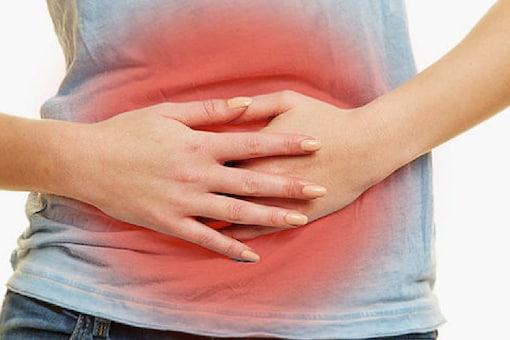Complete Fertility has an extensive donor pool that is currently available to be used for donor-assisted insemination as well as IVF gender selection treatments for unmarried women. Through innovative treatments and networks of sperm banks, Fertility Answers can help you achieve your goals to become a parent.
If you are a single woman who wants to have a child, Complete Fertility can help to make it a reality. To have a baby as a single man, you will need to get help from an egg donor and surrogate. If the single woman is not able to produce viable eggs of her own, then she may be able to use donor eggs to produce a baby.
The embryo created from her eggs and the donor’s sperm can then be transferred to the surrogate for gestation. Once donor eggs are prepared, your sperm will be introduced into them using in vitro fertilization (discussed earlier in this article), and the best-performing embryos will be transferred into the surrogate’s uterus. The donors’ eggs will be used in the IVF procedure, and the resulting embryos transferred to the patient’s uterus.
About two to five days after eggs are fertilized at a clinic, one or more are placed into a uterus. During an IUI procedure, a catheter is used to allow the sperm to be introduced to the uterus. One of the methods of artificial insemination is called ICI (intracervical insemination), where the sperm is placed in the cervix.
If no fertility problems are present, then ICI (intracervical insemination) is probably the least intrusive and cost-effective. There is an option for doing natural ICI cycles, where you use no medication at all, in which case you would simply perform tracking to figure out when it is possible to get pregnant, and have an insemination done right before you get pregnant. If that is unsuccessful after two or more attempts, or there are factors which indicate a woman may need help ovulation, then fertility drugs are used to stimulate her ovaries into ovulation, and the IUI is performed.
When a single woman is ready to become a mother, the most direct option for fertility treatment is intrauterine insemination, also known as artificial insemination, or IUI. In Vitro Fertilization is more complicated than IUI but is the most appropriate fertility treatment for some of his fertility clinics single women patients. The most common way single women get pregnant is via intrauterine insemination, or IUI, using donor sperm.
There are a variety of treatment options such as IVF for single women Australia, whether using donor or known donor sperm, or using more advanced treatment options should your doctor detect infertility. Single women who have known fertility problems, or women who are older mothers, also may have to consider other treatment options along with donor sperm in their efforts to create a family.

Depending on the fertility diagnosis, these options could include IVF or donor eggs. If you are not using your own sperm, a donor embryo might be the right option for you.
IVF may be appropriate if using a known sperm donor who has poor quality or sperm quantity compared to other methods of insemination. If you have a good ovarian reserve and egg quality, using an IVF using both your own eggs and a donors sperm may be a very effective treatment.
Donor egg IVF is an option that some solo women are turning to because of aging, diminishing ovarian reserves, or having had several unsuccessful IVFs for undisclosed reasons. You also have the option to use donor eggs, which can significantly improve your chances of successful pregnancy in older women or those with less-than-ideal ovarian reserves. You may also want to use donor sperm and/or eggs if problems with your own sperm cells or eggs are contributing to your fertility problems.
Donated sperm, donated eggs, and surrogates are commonly used by gay couples or by individuals seeking to have children. One is an IVF, or intrauterine fertilization, using donor sperm, while another is an egg freezing, where the maturing eggs are frozen for later use. Egg freezing provides a potential long-term solution, whereas IUI or IVF with donor sperm offers a more immediate option. To get an intrauterine insemination procedure, the individual woman would have to partner with a sperm donor.
Most often, however, single women seeking fertility treatments at CNY Fertility do so to pursue motherhood and begin a family using donor sperm, either with intrauterine insemination (IUI — also known as artificial insemination) or with in vitro fertilization (IVF), or in order to maintain future fertility via egg freezing. In vitro fertilization may be needed if the woman has experienced fertility issues and has decided to work with an egg donor, or if she is receiving treatment using her own eggs she has frozen before. In the donor egg cycle, the young, fertile female will go through ovarian stimulation and egg extraction (the first half of the IVF process), then eggs will be fertilized with the donor’s sperm, grown in the laboratory, and transferred into the recipient’s uterus.
Intra-cervical insemination is the procedure in which the sperm is placed close to a woman’s cervix, a procedure that can be performed at home. More often, our fertility specialists can help arrange an anonymous donor sperm via one of the few nationally certified sperm banks, where donors are properly screened, and the sperm is kept quarantined. To learn more about the myriad of fertility treatment options available to women, it is important to schedule a consultation with the fertility specialists at the Los Angeles Reproductive Center.


